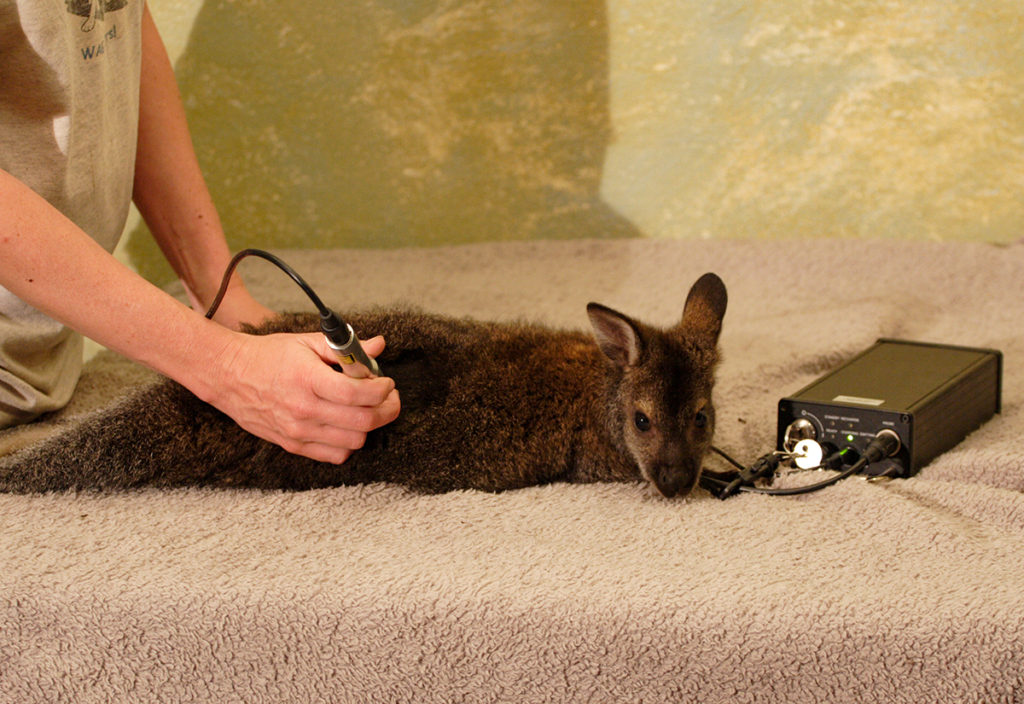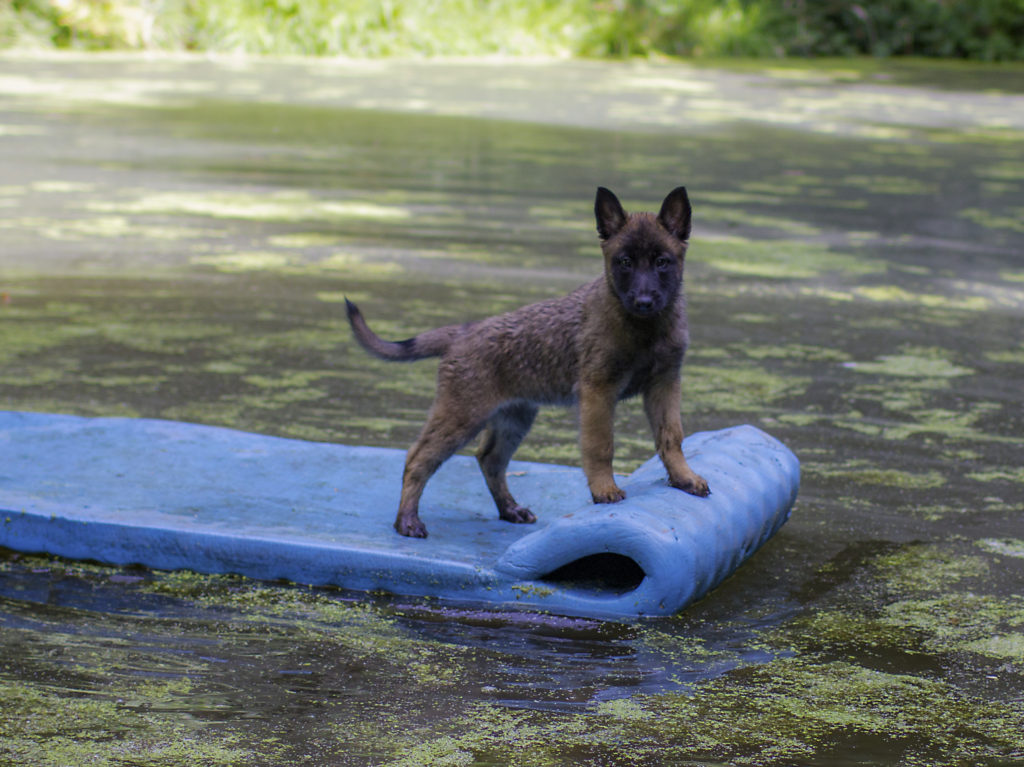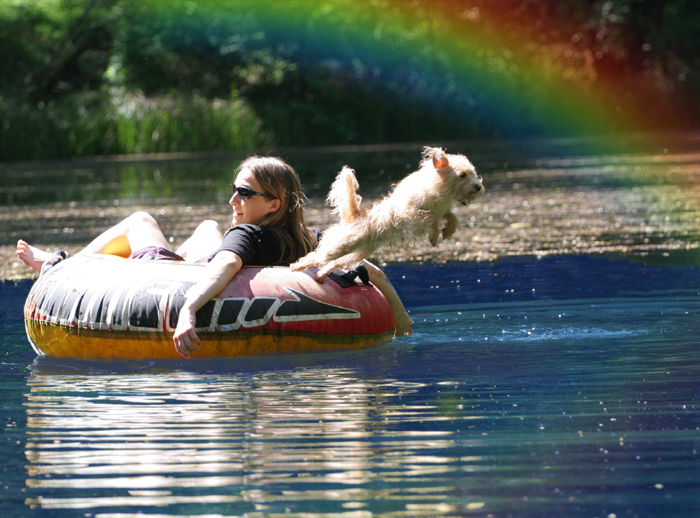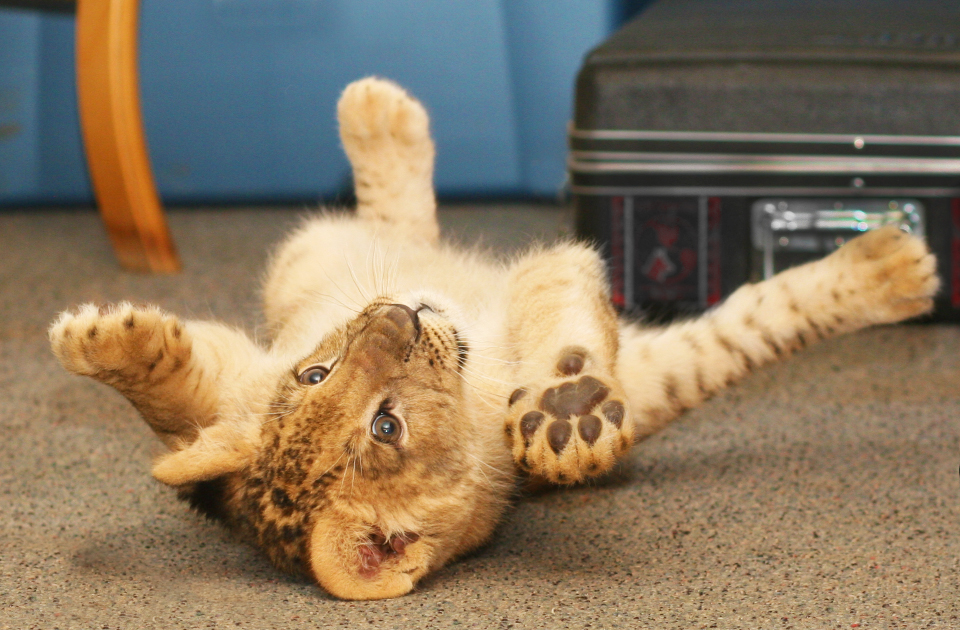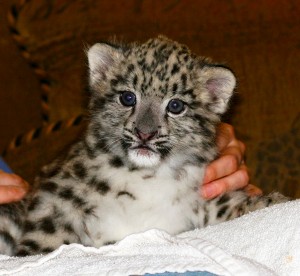Over the past few years, a bit of a disconnect has developed between many veterinarians and their clients, and I wanted to share a slightly different perspective on the problem and suggest that it might be somewhat ameliorated by vets rethinking some of how they operate:
Many articles and memes have been written about how challenging the veterinary field has become: the depressing suicide rates; the crazy student debt; the unkind, entitled, and unappreciative clients; the long hours that are never enough; the unfair expectations… All of that is true and valid, and I will continue to support the veterinary profession and encourage pet owners to be as kind and understanding as possible! Let me say that again—be kind to your veterinarian, they are working very, very hard to help you and your animals, and they deserve courtesy, thanks, respect, and gratitude!
That said, let me share with you another perspective. Long ago I worked in several vet offices, most of my childhood I wanted to be a vet, many of my friends are vets, and I have owned many animals for over 40 years, so I have a lot of experience with vets.
I used to love going to the vet: I had multiple vets, and I felt like each and every one of them was a friend, an ally, a vital and cherished member of the team working to keep my animals healthy! We were comrades, and we would discuss current research and best plans for how to make the best decisions for my animals. They treated me as the world’s foremost authority on my animals, and they listened carefully and conspired with me to do what was best for my animals. They trusted me, and I them. I would bring in some research study on a new protocol, and they would take it and research it and call me a few days later to discuss. If I needed a relatively benign medicine, I could almost always call and get some without having to bring my animal in for a stressful visit. In most cases they welcomed me to assist, to restrain, to comfort, and if they thought my participation was likely to be counterproductive, we discussed options. If I wanted to spend all day lying on the hard floor comforting my animal, they encouraged it, smiled, and stepped over me. Even though bills were sometimes high, I rarely doubted that they were doing what they absolutely believed was best for my cherished animal and for me, and I always came home feeling thankful and deeply grateful.
Over the past twenty years, long before Covid, vet offices have become much less collegial. Many vets seem to feel that all owners are uninformed idiots who know hardly anything about animals, and while I recognize that some significant portion of clients are dopey, I think assuming all are is deeply problematic. Many vets want to talk money before anything else, want to immediately take animals into the back, want to perform unnecessary procedures that seem far more about profit than animal welfare. They often try to upsell unnecessary, and sometimes strongly contraindicated, products or procedures. Many seem uninterested in the emotional or psychological needs of an individual animal. Often it feels like if you go to the vet you will be swept up into their process and have little control over what happens. Many vets seem to believe they know best even about topics upon which they have very little education or experience, or that they love and care more than the animal’s owner. A surprising number of new vets seem quite brainwashed by the Animal Rights agenda and are more than a little misinformed, anti-breeder, and anti-animal welfare in support of imaginary rights.
I dread having to go into a veterinary office where they have not known me for years—I feel like I am walking into a fight before I even get to the door. And nearly every experienced animal owner I know feels the same and fears the day their good-old-vet retires and they are forced to try to find a younger vet who seems interested in working with owners…
There are lots of reasons, some valid and some not, why this shift has occurred. But in my opinion, this disconnect between vets and animal owners is at the root of a great deal of the unhappiness that is causing vets and techs to feel unvalued and take their own lives, and while I think some remediation may derive from encouraging pet owners to be kind and understanding, I think a significant portion of the resolution must come from the veterinary profession making some fundamental changes that will rebuild the sense of connection, trust, and alignment between animal owners and veterinarians.
